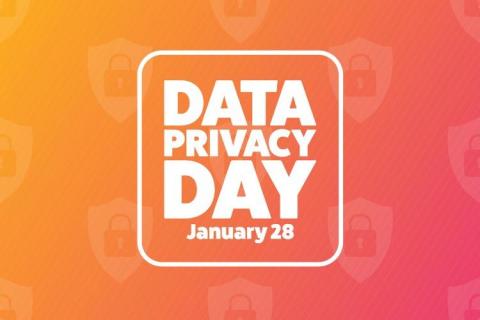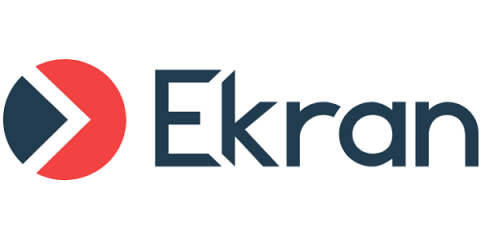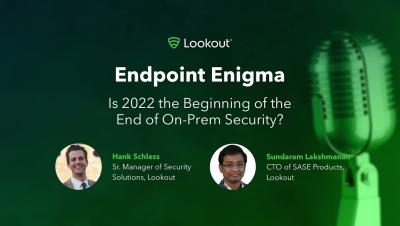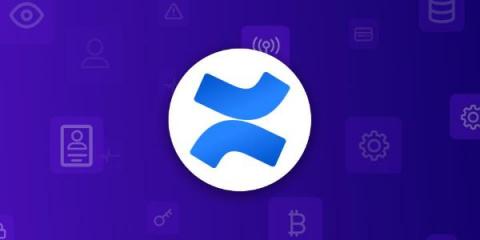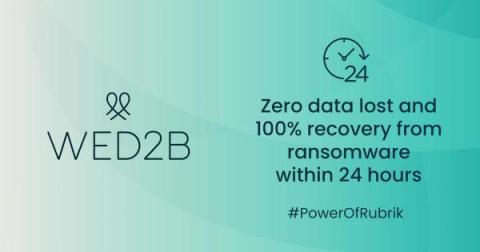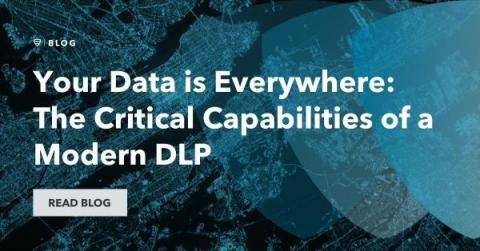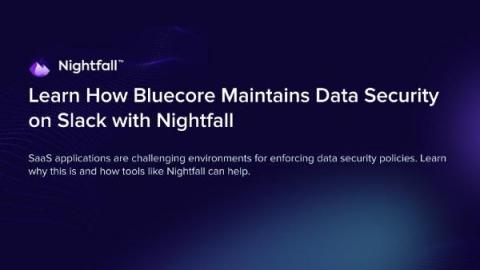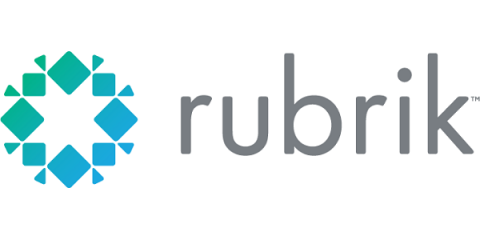Security | Threat Detection | Cyberattacks | DevSecOps | Compliance
January 2022
The Security Playbook for Remote-first Organizations
The sudden shift to remote work in 2020 exposed companies to a variety of new security challenges that haven’t gone away. Review the seven most crucial areas of security for emerging remote-first organizations. Continue reading below or feel free to download a copy of this playbook. We’ll also include our free Post-COVID Security Checklist as a reference you can keep in your back pocket.
4 Data Governance Best Practices
Data governance is the principled approach to managing data during its life cycle — from the moment you generate or collect data to its disposal. Good data governance ensures that data is kept private, accurate, usable, and most of all: secure. Data governance is a broad term, and as a result, good data governance encompasses everything from user behavior to technology to policies and compliance regulations.
What Is Privileged Session Management and How Can It Help Secure Your Sensitive Data?
What Is Enterprise Information Security Architecture?
Spending on security and risk management is soaring worldwide. But exactly which improvements should you focus on next to best strengthen your cybersecurity program? For many organizations, building a solid information security architecture should be at the top of the list. Read on to learn how what information security architecture is and how it can help you protect your critical IT assets from security threats with less work and worry.
How To Protect and Store Sensitive Data in SaaS Platforms with Cloud DLP
Mega-breaches, or reported breach incidents that impact more than one million records, have increased dramatically. Our analysis shows that, on average, mega-breaches increased 36% year over year since 2016. In total, mega-breach incidents that we analyzed cost at minimum a combined $8.8 billion and exposed 51 billion records.
Endpoint Enigma | Is 2022 the Beginning of the End of On-Prem Security?
Data Loss Prevention (DLP) on Jira and Confluence Data Center & Server Editions
Jira and Confluence house high volumes of customer information, tickets, notes, wiki articles, and more. To scan Jira and Confluence Data Center or Server editions, you can use Nightfall’s APIs to scan data at-rest in these silos. In this article, we’ll walk through how you can run a full historical scan on your Jira and Confluence data to discover sensitive data, like API keys and PII. The output will be a report detailing the sensitive findings discovered in your environment.
WED2B Prevents Disruption from Ransomware Attack Using Rubrik in 24 Hours
It was 11 PM on a Friday in November of 2019. WED2B IT systems administrator Jamie Jeeves started receiving a barrage of email alerts warning that antivirus (AV) clients were crashing in the company’s central office. All prospects for a relaxing weekend vanished when Jeeves logged into the remote system to investigate the AV shutdowns. While checking the network’s file share, Jeeves noticed they were in trouble. Mass encryption of data was underway.
CISO Insider - S3E1 - Radical transparency with Robert Former
Your Data is Everywhere: Here are the Critical Capabilities of a Modern Data Loss Prevention (DLP)
In some ways, IT teams had a great life in the early 2000s. Data was stored inside data centers and accessed through known ingress and egress points like a castle with a limited number of gates. As a result, organizations had control over exactly whom and what devices could access company data. This is no longer the case. With users accessing cloud applications with whatever networks and devices are at their disposal, those defense mechanisms have become inadequate.
How To Manage The Hidden Impacts of Data Leak With Cloud DLP
Data leaks are a type of data loss threat that often fly under the radar — making them potentially more damaging than a malware or ransomware attack. Compared to data breaches, data leaks put customer information at risk accidentally. Data leaks can lead to credit card fraud, extortion, stolen IP, and further attacks by cybercriminals who seek to take advantage of security misconfigurations.
Endangered data in online transactions and how to safeguard company information
This blog was written by an independent guest blogger. Online transactions are essential for every modern business. From online shopping to banking, transferring funds, and sending invoices, online transactions ensure utter convenience and efficiency. However, the familiarity of making financial transactions online can make people forget about security and all the dangers that they may be facing. On top of that, new cybersecurity threats keep popping up constantly.
ICYMI: 5 Major Considerations for Slack Security in 2022
Last month, on December 8, we hosted a webinar alongside Bluecore CISO Brent Lassi to discuss data security risks facing high-growth organizations like his on SaaS systems like Slack. With 2022 just beginning, we wanted to share 5 important lessons about Slack and SaaS security that are worth keeping in mind this year.
Simulating data for VFSim: Part 3
Part 2 in this series dealt with filesystem tree generation. In this part, we will look into the data of the files themselves and how they relate to tree generation.


